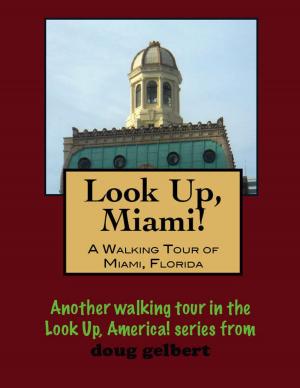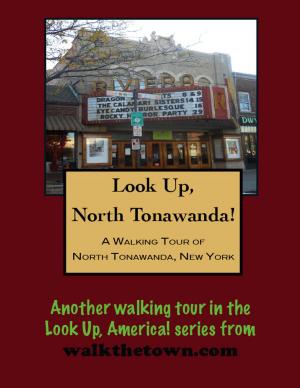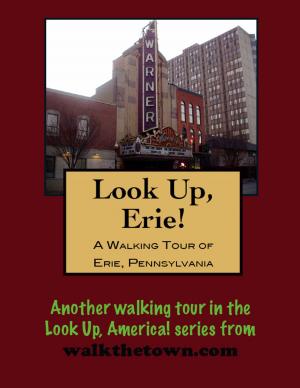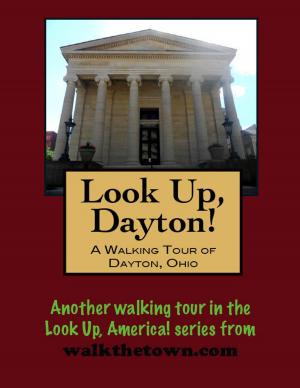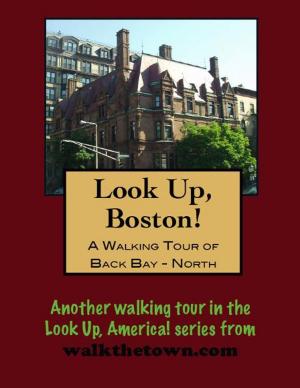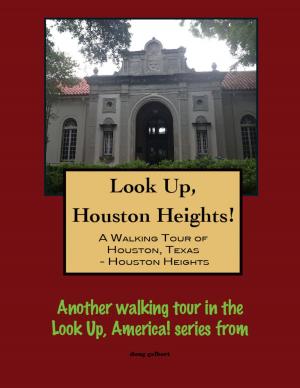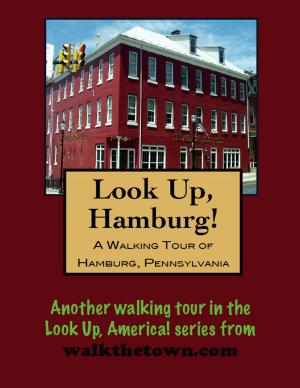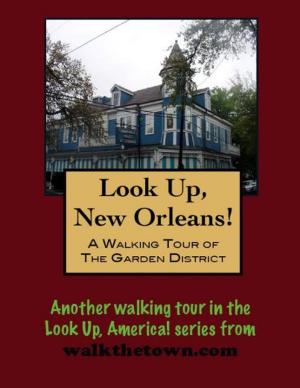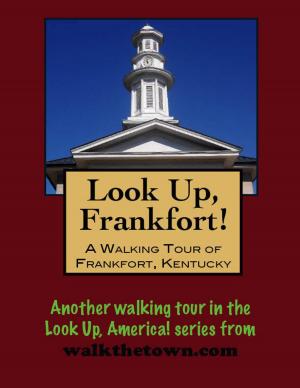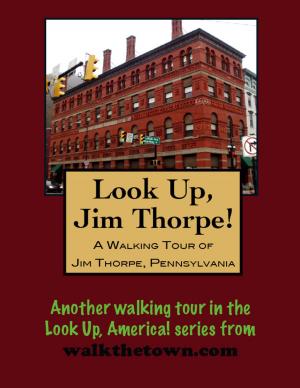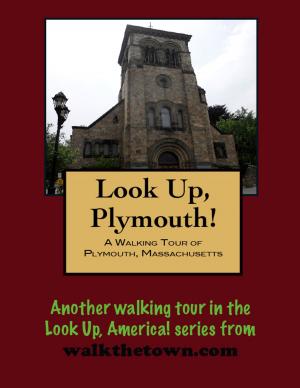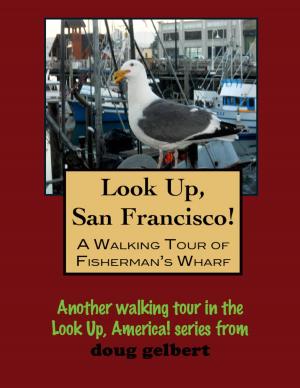| Author: | Doug Gelbert | ISBN: | 9781458096791 |
| Publisher: | Doug Gelbert | Publication: | February 14, 2011 |
| Imprint: | Smashwords Edition | Language: | English |
| Author: | Doug Gelbert |
| ISBN: | 9781458096791 |
| Publisher: | Doug Gelbert |
| Publication: | February 14, 2011 |
| Imprint: | Smashwords Edition |
| Language: | English |
There is no better way to see America than on foot. And there is no better way to appreciate what you are looking at than with a walking tour. Whether you are preparing for a road trip or just out to look at your own town in a new way, a downloadable walking tour is ready to explore when you are.
Each walking tour describes historical and architectural landmarks and provides pictures to help out when those pesky street addresses are missing. Every tour also includes a quick primer on identifying architectural styles seen on American streets.
For much of its first 200 years this was a region of shifting identities. It was first known as Freetown in 1653 when it was settled by members of the Plymouth Colony as part of Freeman’s Purchase. It would later be known as Fall River from the Quequechan River that flowed through the village. Quequechan being a Wampanoag Indian word believed to mean “Falling River” or “Leaping/Falling Waters.” In 1804 it took the name “Troy” for thirty years before being officially changed back to Fall River on February 12, 1834. All the while Fall River wasn’t even entirely in Massachusetts - it was part of Rhode Island. The boundary creating Fall River, Massachusetts would not be settled until 1861.
Not long afterwards, however, Fall River had a very real identity - “Textile Capital of the World.” The Industrial Revolution came early to the Quequechan River with its eight falls providing power and the tidewater harbor of Mount Hope Bay offering ample transportation of goods. By the early 1800s there was a spinning mill and an iron works and a print works. The railroads arrived in the middle of the 1800s and by 1868 Fall River had surpassed Lowell as the leading textile city in America with over 500,000 spindles. And the boom had yet to occur.
By the 1870s Fall River was second only to Manchester, England in the production of cotton cloth and over the next 50 years the influx of immigrants to jobs in hundreds of mills pushed the population to over 120,000. worker housing in Fall River consisted of thousands of wood-framed multi-family tenements, usually three-floor “triple-deckers” with up to six apartments. The first mills began to close in the early 1920s and the Great Depression of the 1930s claimed many more. When the bump in demand from World War II faded by the 1950s the textile industry was gone.
With the wealth created by the cotton mills Fall River built like a big city. Impressive Victorian mansions populated the high spots above town and solid, impressive buildings - many constructed from native Fall River granite - line Main Street. The Fall River streetscape, however, has been a restless canvas. The first great fire in Fall River’s history roared through the town center in 1843. On February 2, 1928 fire erupted on the oil-soaked floors of an abandoned mill and were agitated by strong winds. Before fire departments from as far away as Boston and Providence could harness the conflagration six entire blocks of downtown were destroyed. More than $15,000,000 in damages were racked up but there was no loss of life.
The 1960s brought planned destruction when I-95 was routed through the heart of Fall River. The Quequechan River was filled in and re-routed for much of its length and many historic buildings razed. Our walking tour will cross over the highway to both sides of the city and see relics from the age of King Cotton and buildings constructed in the wake of the Great Fire of 1928 and a bit of modern design as well...
There is no better way to see America than on foot. And there is no better way to appreciate what you are looking at than with a walking tour. Whether you are preparing for a road trip or just out to look at your own town in a new way, a downloadable walking tour is ready to explore when you are.
Each walking tour describes historical and architectural landmarks and provides pictures to help out when those pesky street addresses are missing. Every tour also includes a quick primer on identifying architectural styles seen on American streets.
For much of its first 200 years this was a region of shifting identities. It was first known as Freetown in 1653 when it was settled by members of the Plymouth Colony as part of Freeman’s Purchase. It would later be known as Fall River from the Quequechan River that flowed through the village. Quequechan being a Wampanoag Indian word believed to mean “Falling River” or “Leaping/Falling Waters.” In 1804 it took the name “Troy” for thirty years before being officially changed back to Fall River on February 12, 1834. All the while Fall River wasn’t even entirely in Massachusetts - it was part of Rhode Island. The boundary creating Fall River, Massachusetts would not be settled until 1861.
Not long afterwards, however, Fall River had a very real identity - “Textile Capital of the World.” The Industrial Revolution came early to the Quequechan River with its eight falls providing power and the tidewater harbor of Mount Hope Bay offering ample transportation of goods. By the early 1800s there was a spinning mill and an iron works and a print works. The railroads arrived in the middle of the 1800s and by 1868 Fall River had surpassed Lowell as the leading textile city in America with over 500,000 spindles. And the boom had yet to occur.
By the 1870s Fall River was second only to Manchester, England in the production of cotton cloth and over the next 50 years the influx of immigrants to jobs in hundreds of mills pushed the population to over 120,000. worker housing in Fall River consisted of thousands of wood-framed multi-family tenements, usually three-floor “triple-deckers” with up to six apartments. The first mills began to close in the early 1920s and the Great Depression of the 1930s claimed many more. When the bump in demand from World War II faded by the 1950s the textile industry was gone.
With the wealth created by the cotton mills Fall River built like a big city. Impressive Victorian mansions populated the high spots above town and solid, impressive buildings - many constructed from native Fall River granite - line Main Street. The Fall River streetscape, however, has been a restless canvas. The first great fire in Fall River’s history roared through the town center in 1843. On February 2, 1928 fire erupted on the oil-soaked floors of an abandoned mill and were agitated by strong winds. Before fire departments from as far away as Boston and Providence could harness the conflagration six entire blocks of downtown were destroyed. More than $15,000,000 in damages were racked up but there was no loss of life.
The 1960s brought planned destruction when I-95 was routed through the heart of Fall River. The Quequechan River was filled in and re-routed for much of its length and many historic buildings razed. Our walking tour will cross over the highway to both sides of the city and see relics from the age of King Cotton and buildings constructed in the wake of the Great Fire of 1928 and a bit of modern design as well...

